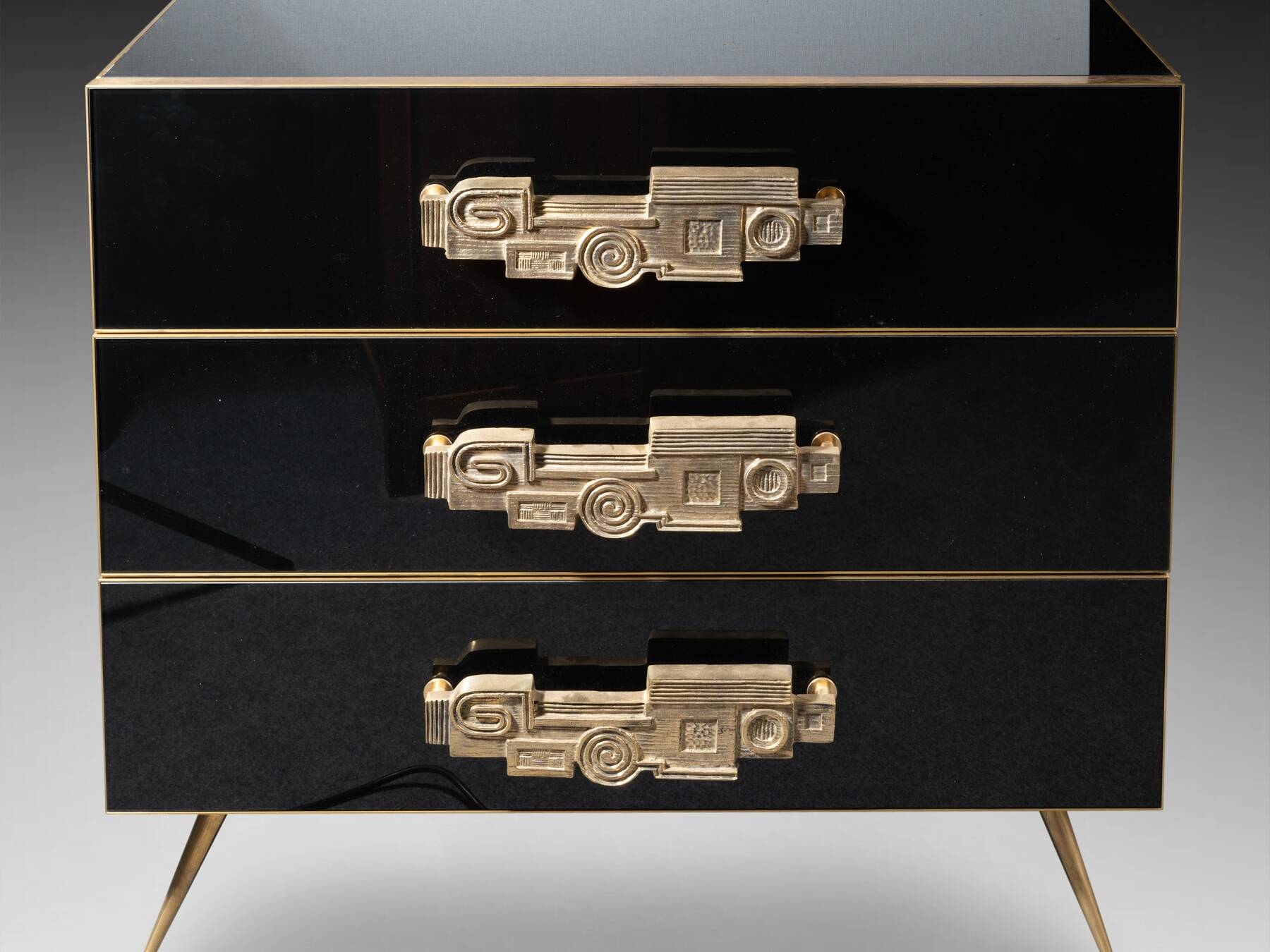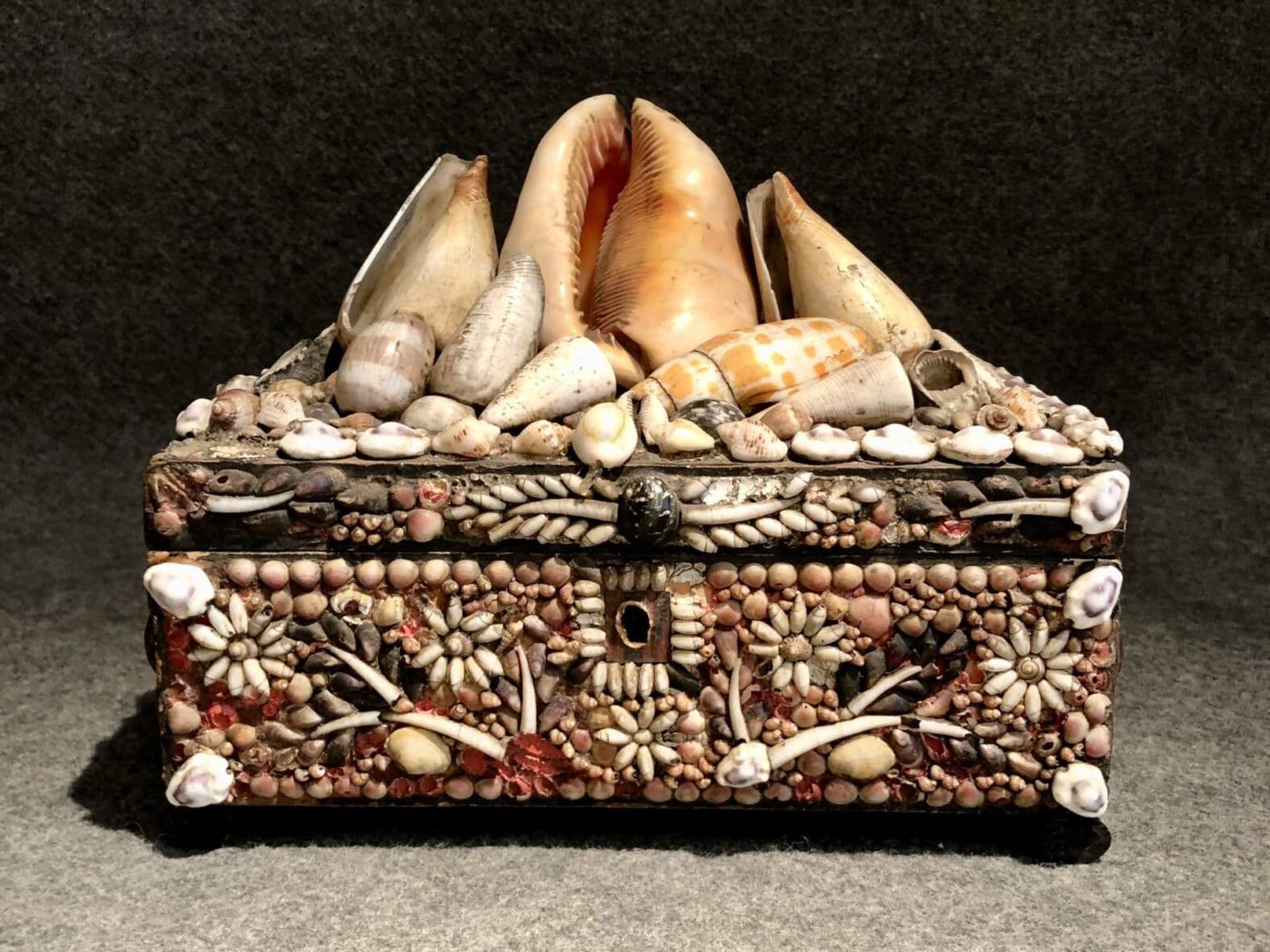The Art Deco Ocean Liner style, a French refinement
In the early years of the 20th century, a new style was pressing in and shaking up the heavy Napoleon III decors. Tired of gilding, velvets, and piles of ornaments, the very young century announced something (almost) never seen before: purity and restraint. The ocean liner La Provence, launched in 1906, literally set the tone: thick palettes were matched by clear color charts on neoclassical-inspired furniture. While the Louis XVI style was not far away, it was the Empire style that announced its great return, tamed and modernized. Not only refreshing in its style, La Provence was also the first ocean liner equipped with wireless telegraphy. The broad guidelines that future transatlantic liners would follow were now launched: innovation, elegance, and modernity.

Some twenty years later, in 1927, the liner Île-de-France was launched and embodied the quintessence of the French art of living. Comfortable, modern, luxurious, it took Art Deco, officially born in 1925, to America. At the helm of this remarkable achievement, the architect Louis Süe (1875 – 1968) and the painter André Mare (1887 – 1968) created interiors that elegantly combined everything that made Art Deco so successful at the time. The Empire inspiration, the sober lines and geometric shapes of modern schools, the exaltation of surfaces by luxurious materials and a new way of experiencing furniture are all details that make up the decor of this immense liner. For a wealthy and active clientele, eager to get to the essentials without sacrificing comfort, the designers have created an asceticism that is in no way austere.
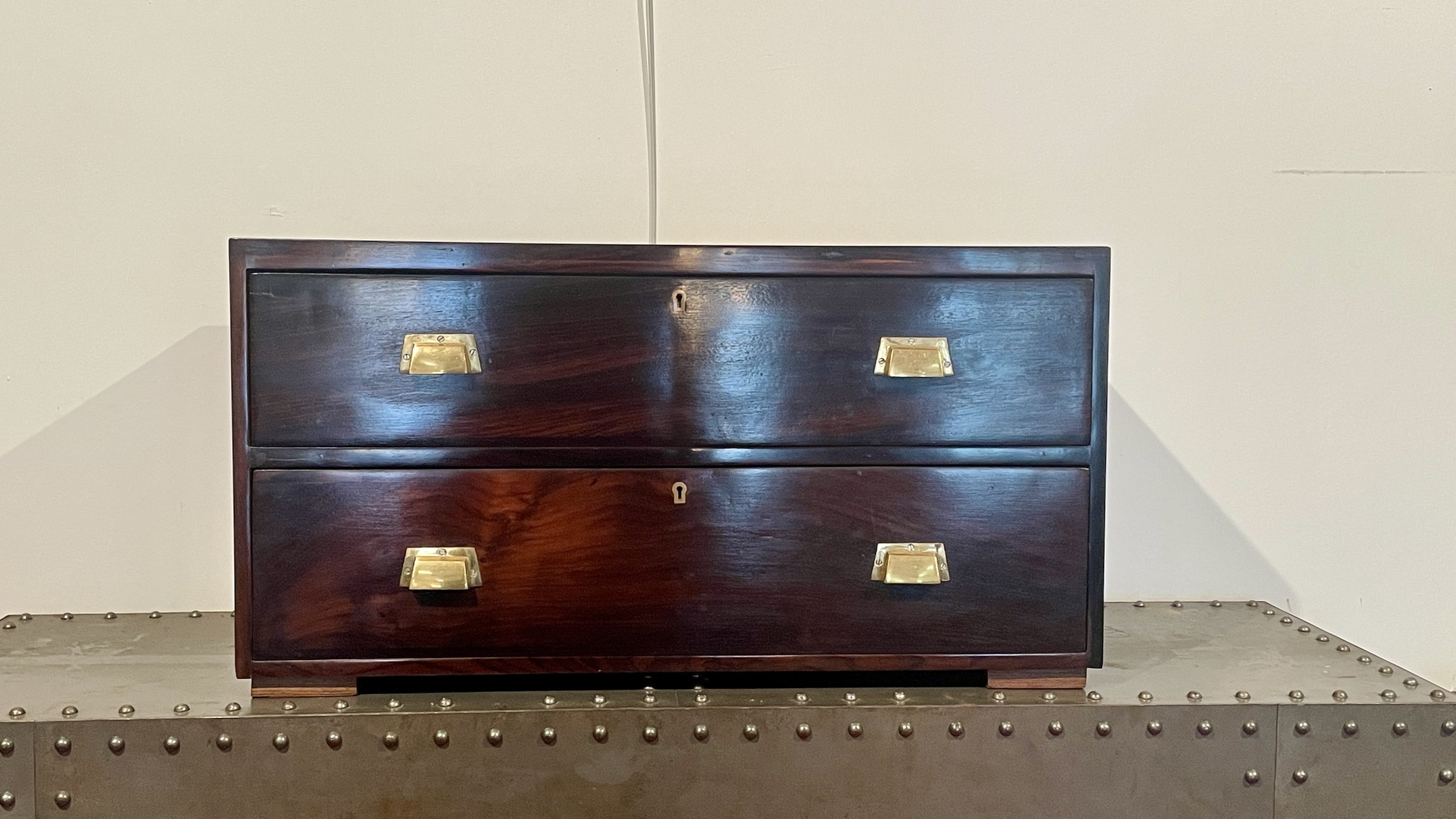
In 1932, the Normandie was launched and its decoration was orchestrated by Jules Leleu, Jacques-Émile Ruhlmann, Paul Follot, the Lalique house and Jean Dunand. Ocean liners were now total works of art and as long as these cruises were not dethroned by transatlantic air crossings, they were the flagships of technical progress and embodied the innovations of national industries. Because everything concurred that these floating palaces competed in modernity. The various standards, the technical requirements (weight, fireproof properties of materials, etc.) required decorators to call on French companies and demonstrate creativity. This is how Lanvin chose to use aluminum and Formica to design the dressers in the first and second class cabins of the France liner.
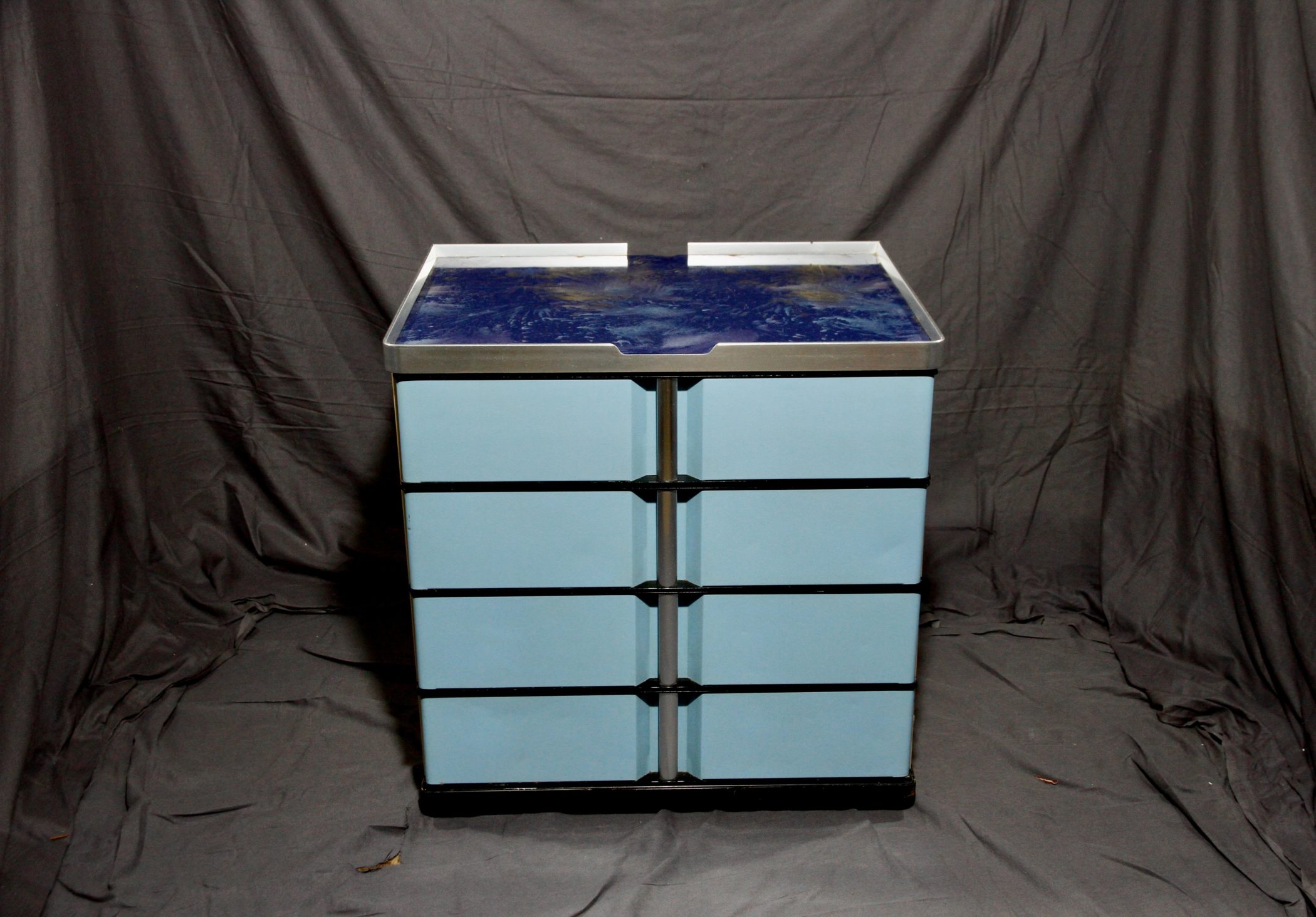
The Paquebot style does not, however, restrict its scope to the maritime area. Its growing success infiltrates the interiors of new apartments, themselves part of boat-shaped buildings. The Belvédère du Rayon Vert hotel in Cerbères built in 1928 or the La Cascade building built in Belgium in 1939 are examples of this. The Streamline style meets the same requirements, while adopting another form of expression.
Streamline: America’s Ode to Modern Speed
If the term liner refers to ocean liners, the Streamline style refers to their streamlined profiles. The Americans choose to breathe the power and speed of giant ships into objects that are mainly used at home. The streamlined shapes of boats, the aerodynamics of hulls, tubular guardrails or powerful machinery are all lines that inspire designers. Objects, cars and architecture seem to be shaped by the resistance of structures to the breath of speed.
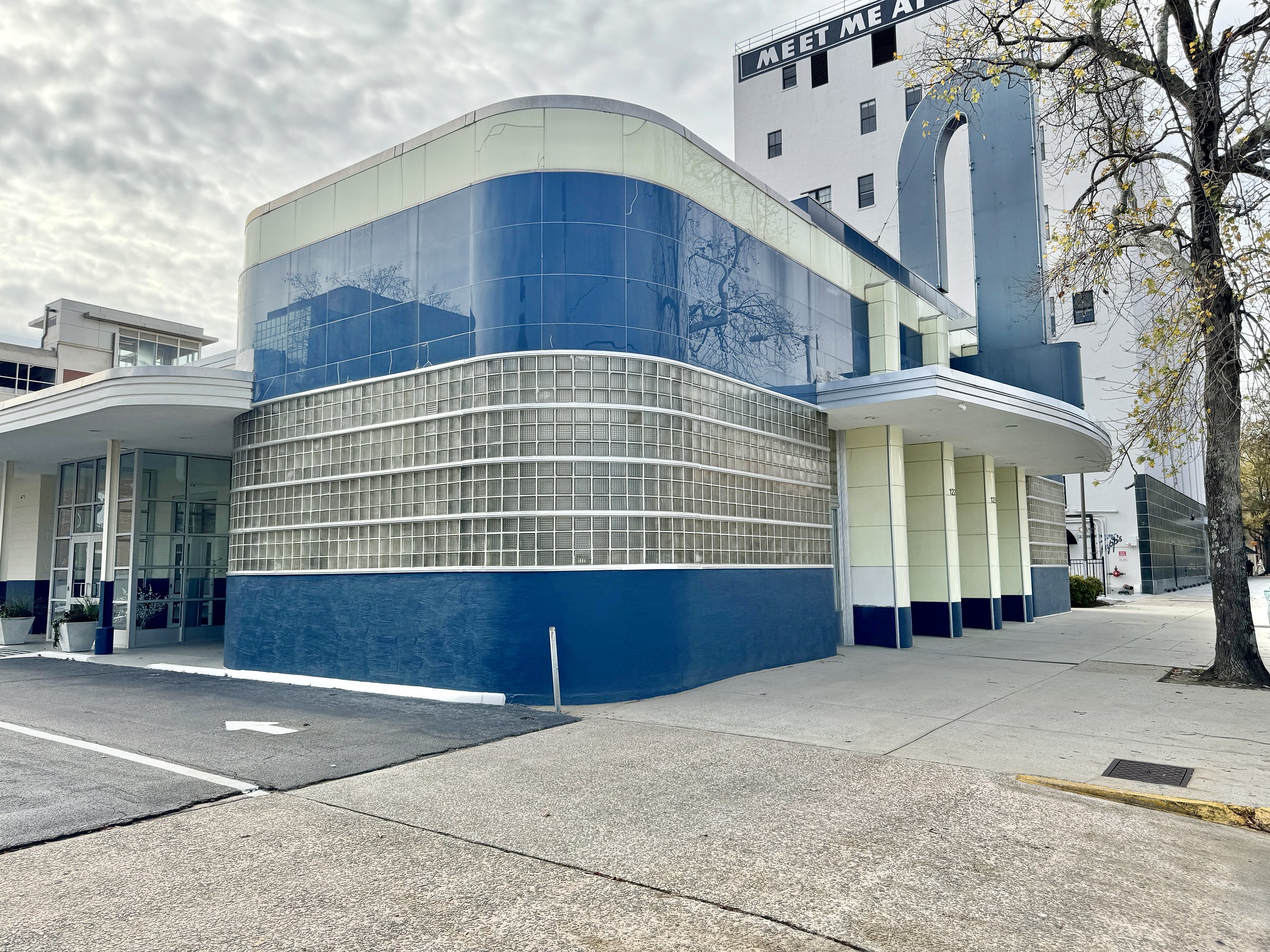
Thus, unlike the European Ocean Liner style, the Streamline is less found at sea than on land and marks the advent of American industrial aesthetics. Drawing on modern schools, young designers create futuristic objects that they couple with the latest technologies: cars, trains, buses, digital alarm clocks, soda bottles, toasters and household appliances, everything is there. While French ocean liners transport an elegant and refined art of living, the American Streamline produces objects whose lines reflect the unstoppable momentum taken by national industries. In the 1960s, this nervous and unique style crosses the Atlantic and invades the daily lives of Europeans. Undoubtedly too luxurious and elitist, the French Ocean Liner style, which evolved from Art Deco to modernism, has difficulty competing with the Streamline produced on a large scale. But the Concorde will soon be the occasion for a brilliant revival of French taste…

Marielle Brie de Lagerac Art historian for the art market and cultural media. Author of the blog L’Art de l’Objet
Autres ressources et documentations
28 June 2025
Plaster Sculptures, Plaster Casts
For a long time, plaster casts suffered from a poor reputation. Often regarded as crude replicas, and sometimes even dismissed as inexpensive imitations, they nonetheless had…
17 April 2025
The Middle-Ages Furniture
Rare and highly sought-after, Middle-Ages furniture is making a strong comeback. An overview of this market, where enlisting the guidance of a professional is strongly advisable.
18 March 2025
Murano Glass Furniture
Since the beginning of the 20th century, Murano glassmakers have been exploring new horizons. After classic lighting and decorative art, Murano glass is now used to adorn…
16 December 2024
A bronze triton after the sculptures of François Girardon (1628 – 1715) in Versailles
This fountain element is all the more admirable as it is sculpted after the masterpieces of the Pyramid Basin, on the parterre of the North Wing of the Versailles gardens.
18 November 2024
Tyco Bookcase, by Manfredo Massironi, for Nikol International
A pure creation of optical art research in the 1960s, the Tyco library shelf designed by Manfredo Massironi invites the viewer to bring the work of art to life on a daily basis.
15 July 2024
An 18th Century Shell Box
From the Regency to the death of Louis XV, the art of the shell was the center of all attention.



